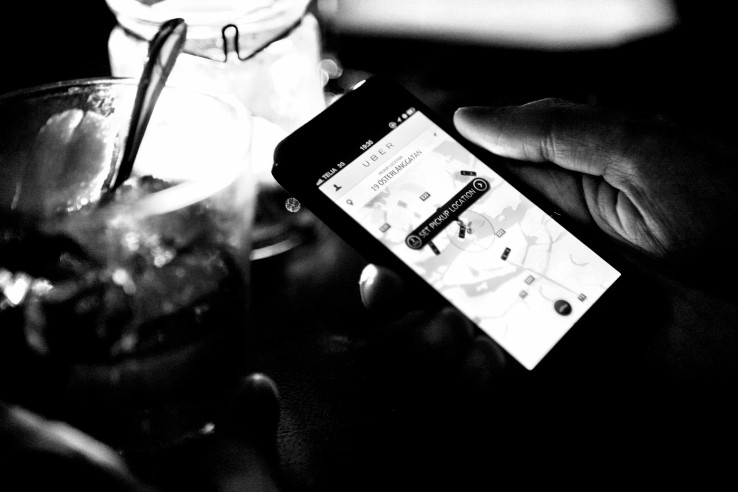
Posted by Ryan Lawler (@ryanlawler)
Thanks to the proliferation of local transportation services like Uber, we’re entering a world in which people have less reason to drive everywhere they need to go. But at what point will it become less expensive to rely on someone else to drive you around rather than driving yourself? In a Medium post, HomeHero founder Kyle Hill does the math to find out, so that you don’t have to.
As with any broad economic model, there are a number of external factors that could influence it. The overall cost of owning a vehicle will be determined by its gas mileage, the cost of gas in any given market, the length of one’s commute, and (if applicable) the cost of parking in a major city. As a result, if goes without saying that results may vary significantly.
Hill says he did the calculations after selling his own car — in Los Angeles of all places — and switching to mostly commuting by bike. His model is based on the average fare structure of Uber in that city, versus the average cost of owning, maintaining, and regularly filling up the gas tank of a car in the U.S.
You should read the post yourself, but the basic gist is that the average cost of owning and driving a mid-sized sedan in the US is $8,876. Economy cars cost less, and SUVs cost more, which is no big surprise.
Hill also adds in the estimated cost of annual traffic and parking tickets, the cost of parking, and the so-called “opportunity cost” of driving versus taking a mode of transportation in which you can answer emails or otherwise “get stuff done.” By doing so, he arrives at at annual cost of car ownership at $12,744 per year.
Hill then compares that cost with how much Americans would spend on Uber given the average number of trips or amount of time they spend in their cars each year, based on some U.S. Census Bureau estimates. By taking the number of rides and multiplying by the cost of UberX in Los Angeles, he comes up with the total costs of $18,115 per year if a user decided to use Uber exclusively to get around everywhere.
Again, caveats: He’s using the base fare and mileage cost for Los Angeles, but fares vary widely by market. Furthermore, there are plenty of places where commuters either don’t have to pay for parking at their home or workplace, and the cost of gas will vary widely based on seasonality and the location of the user. And, perhaps, most importantly — the model doesn’t take into account the effect of surge pricing, which rears its head mostly during peak commuting hours in most markets.
Regardless, he tries to figure out what the crossover point is for when Uber becomes cheaper than owning and driving a car. For the average Uber passenger paying L.A. fares, that crossover point would happen at 9,481 miles a year — which, to be honest, isn’t a ridiculously low mileage for someone to amass in that period of time.
This isn’t the first time someone has sought to figure out the cost of Ubering versus owning a car. In fact, Uber data scientist Bradley Voytek did just that in his own post on the topic more than a year ago.
It’s worth pointing out, however, that a lot has changed since then — driven by competition with Lyft and other services, the cost of UberX fares has dropped dramatically since then, making the cost of getting around even more affordable. And the introduction of services like UberPool are set to make getting around that much cheaper.
Anyway, while we aren’t quite there yet, we’re certainly much closer to living in a world where it might be the same price or even cheaper to rely on a mobile app to get from place to place than to drive everywhere. And that’s a good thing, right?